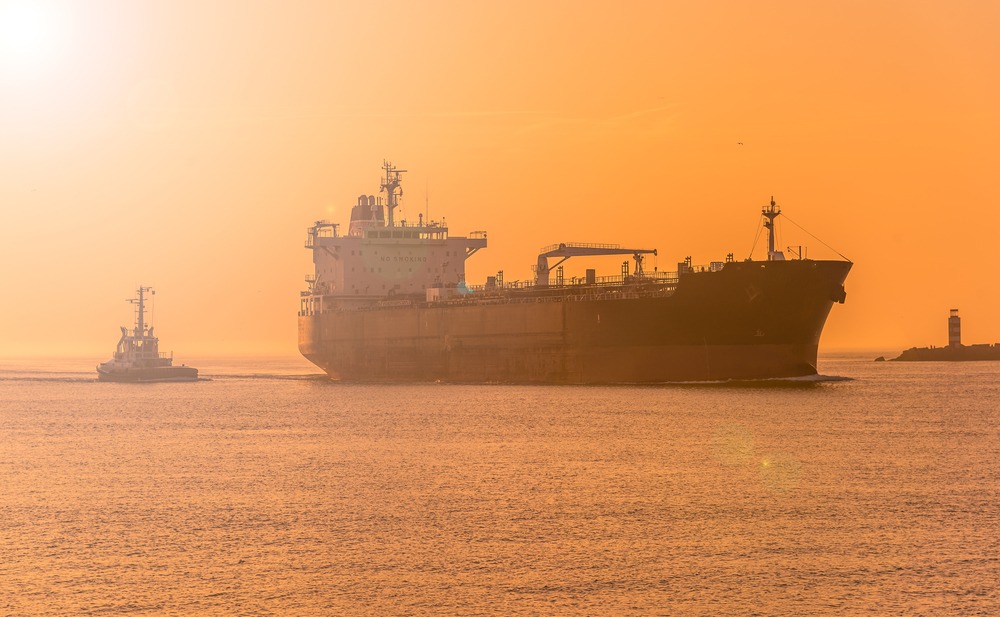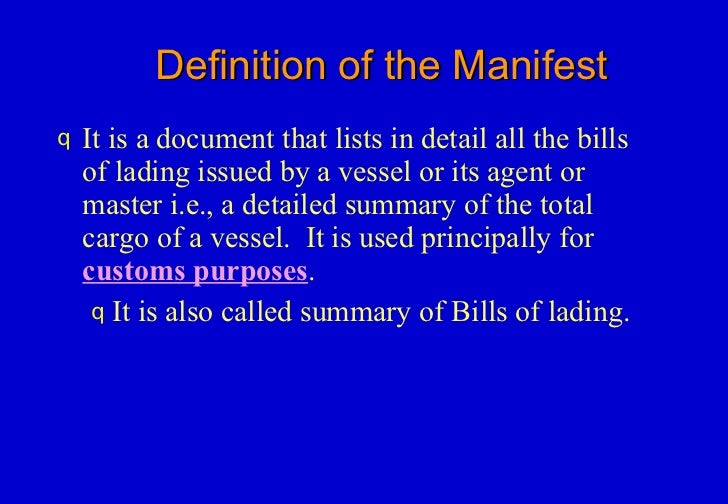


classification society that certifies if a ship is in compliance with standard rules of construction and maintenance.Īnchorage: Port charge relating to a vessel moored at approved anchorage site in a harbor.Īpron: The area immediately in front of or behind a wharf shed on which cargo is lifted. Sources: Regulation 2015/757 Art.ABS: The American Bureau of Shipping is a U.S. Will also be monitored and reported from 1st January 2018 under the scope of EU MRV regulation.īallast voyages, from the last port of call where the ships has discharged cargo or disembarked passengers to the next port of call where cargo is loaded or passengers embark, also serve the purpose of transporting cargo and are therefore subject to the Regulation.
INBOUND VESSEL MEANING UPDATE
In accordance to the latest update by European Commission, EU MRV Regulation will be extended to ports under jurisdiction of EEA member states, i.e. The EEA Agreement provides for the inclusion of EU legislation in all policy areas of the Single Market including environmental policy. The two key parameters that ship operators must take into consideration to identify voyages to be reported are therefore the purpose of a stop in a port (is it a 'port of call'?) and the geographical area of the port (i.e. Stops in ports which do not fulfil these conditions are not ports of call, for instance if a ship stops in a port for the sole purpose of refuelling, obtaining supplies, relieving the crew, going into dry-dock or making repairs to the ship and/or its equipment.Īlso stops in ports due to the ship being in need of assistance, or in distress or for the sole purpose of taking shelter from adverse weather or rendered necessary by search and rescue activities are not considered ports of call.Ī ‘ voyage’ means any movement of a ship that originates from or terminates in a port of call and that serves the purpose of transporting passengers or cargo for commercial purposesĪ ' reportable voyage' is when one of the two ports of call of a voyage is in the EU. These are ports where a ship stops to load or unload cargo, or to embark or disembark passengers. In other words, ports of call are relevant as ending points / starting points of voyages. Consequently, stops for the sole purposes of refuelling, obtaining supplies, relieving the crew, going into dry-dock or making repairs to the ship and/or its equipment, stops in port because the ship is in need of assistance or in distress, ship-to-ship transfers carried out outside ports, and stops for the sole purpose of taking shelter from adverse weather or rendered necessary by search and rescue activities are excluded.

A ‘ port of call’ means the port where a ship stops to load or unload cargo or to embark or disembark passengers.


 0 kommentar(er)
0 kommentar(er)
